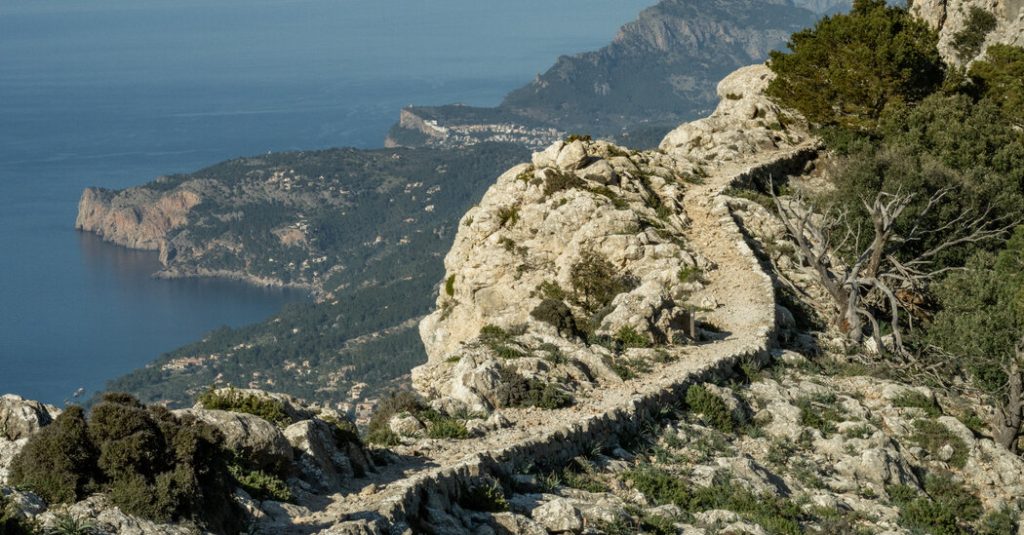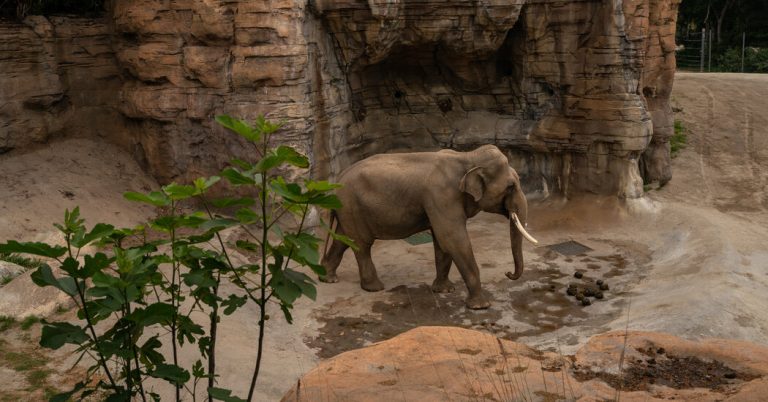We scrambled around a few boulders, to discover that the trail we had been following topped out on an expansive ridge. After climbing 2,500-feet over 2.5 miles, we paused to admire the view, the rock to our right dropping off to the ocean far below.
Then the trail turned to the left, and we could see the rolling path cut across limestone and dolomite outcroppings winding around wild rosemary, asparagus albus and other sharp shrubs. Out in the distance, a few people perched on a large boulder, but otherwise, the trails between Deià and Valldemossa on the north side of Majorca, were empty in early November, and it was still sunny and warm.
Majorca, a Spanish island in the Mediterranean, is a popular summer destination, especially the capital city of Palma, which is known for its vibrant nightlife. But the island’s northwestern zone offers a dream off-season destination for cyclists, runners and hikers. From April through May and mid-September to early November, prices are affordable; towns are quiet, and the trails and roads are wide open. Public transit around the island is excellent, facilitating point-to-point adventures.

The Ruta de Pedra en Sec, or the “Dry Stone Route,” traverses the Serra de Tramuntana mountain range.
Majorca is also a great destination for solo travelers because the island is small, and the trails are safe and well-traveled, even during off-season.
Advertisement
SKIP ADVERTISEMENT
Away from Palma, smaller towns like Sóller, Port de Sóller, Port de Pollença and Valldemossa have a warm atmosphere with excellent restaurants and access to stellar trails and bike routes, especially around the Serra de Tramuntana mountains. The rugged mountain range — a UNESCO world heritage site — cuts 55 miles across Majorca’s northwest coast, and you climb quickly from the beach into high desert mountainous terrain.
Subscribe to The Times to read as many articles as you like.









